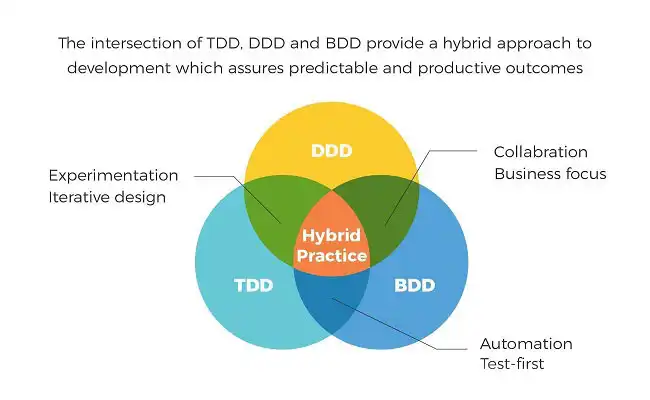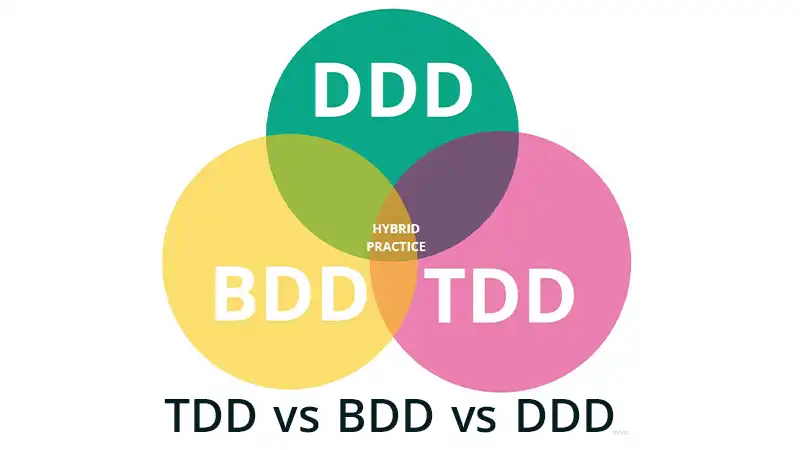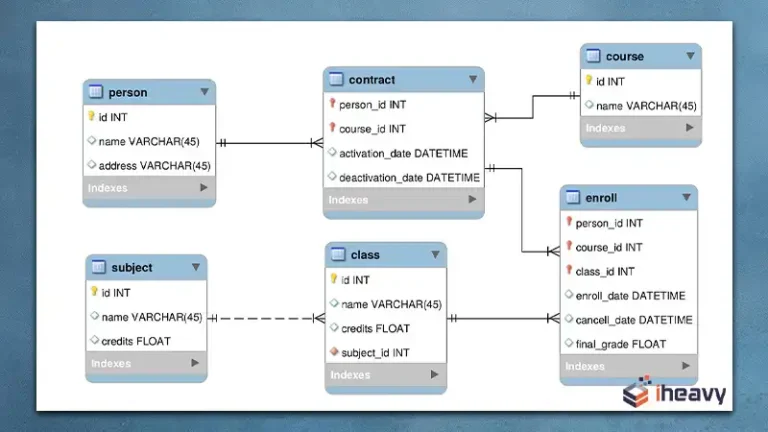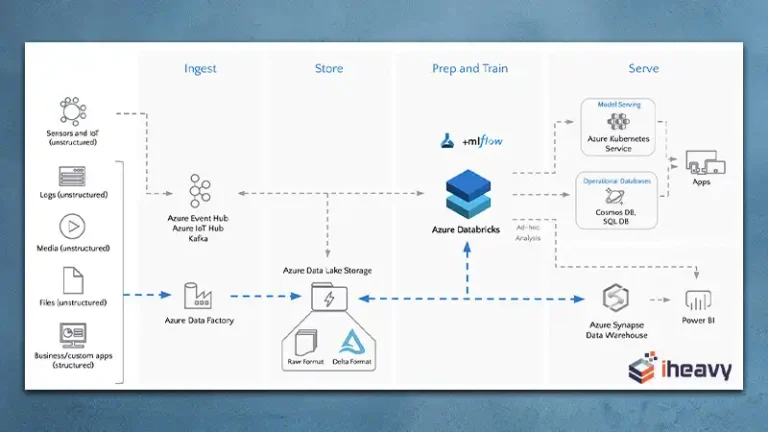TDD vs BDD vs DDD | Comparison Detailed Out
Three methodologies have emerged as prominent approaches to software design and implementation: Test-Driven Development (TDD), Behavior-Driven Development (BDD), and Domain-Driven Design (DDD).
Each methodology brings a unique perspective and set of practices to the software development process. Let’s see.
Test-Driven Development (TDD): A Focus on Code Quality
TDD advocates for writing tests first, before implementing the actual code. This approach emphasizes ensuring code functionality and quality from the outset, leading to more robust and reliable software.
TDD encourages a cycle of writing a failing test, writing the minimum amount of code to make the test pass, and refactoring the code to improve its structure and maintainability.
Behavior-Driven Development (BDD): A Focus on User Behavior
BDD shifts the focus from code to the behavior of the software from the user’s perspective. It involves creating scenarios that describe how users interact with the system, and then writing tests to ensure that the system meets those expectations.
This approach promotes a collaborative environment where developers, testers, and product owners work together to define and validate the system’s behavior.
Domain-Driven Design (DDD): A Focus on Understanding the Domain
DDD emphasizes understanding the business domain, and the problem space in which the software operates.
It involves modeling the domain using a ubiquitous language, a shared vocabulary that facilitates communication among stakeholders. DDD also promotes the creation of bounded contexts, self-contained modules with clear boundaries that encapsulate domain concepts and responsibilities.
Comparing TDD, BDD, and DDD: A Focus on Objectives and Practices
| Methodology | Objectives | Practices |
| TDD | Ensure code quality and functionality | Write failing tests before writing code, refactor code to improve structure and maintainability |
| BDD | Define and validate user behavior | Create scenarios, write tests based on scenarios, collaborate with stakeholders |
| DDD | Understand business domain, model domain with ubiquitous language | Create bounded contexts, use domain events for communication |

Figure 1: TDD, DDD, and BDD
Choosing the Right Methodology: Balancing Needs and Constraints
The choice of methodology depends on the specific project requirements, team dynamics, and organizational culture. TDD is well-suited for projects where code quality and reliability are paramount.
BDD is effective for projects with strong user-centricity and collaborative team environments. DDD is suitable for projects with complex domains and a need for clear domain modeling and communication.
Design Phase
TDD influences design by requiring developers to write tests before implementing functionality, leading to a more modular and testable codebase. BDD influences design by focusing on behavior, ensuring that the software meets user expectations.
DDD influences design by emphasizing a deep understanding of the problem domain and creating a model that mirrors it.
Impact On Software Maintenance And Evolution
TDD can make maintenance easier by ensuring that changes don’t introduce regressions. BDD helps in maintaining a clear understanding of system behavior, making it easier to evolve. DDD can aid in maintaining a flexible and adaptive design as the understanding of the domain evolves.
Testing Process
TDD primarily involves writing unit tests to drive the development process. BDD emphasizes the creation of tests that describe the behavior of the system from an end-user perspective. DDD doesn’t inherently prescribe a specific testing approach but often involves testing within the context of domain models.
Collaboration In Play
BDD encourages collaboration between developers, testers, and non-technical stakeholders to create a shared understanding of the system’s behavior. TDD primarily focuses on the collaboration between developers and their test cases, while DDD emphasizes collaboration between domain experts and developers.
Scenarios For Most Effectiveness: Tdd Vs Bdd Vs Ddd
TDD is effective for ensuring code correctness and maintainability. BDD is suitable for scenarios where collaboration with non-developers is crucial for defining system behavior. DDD is beneficial when the problem domain is complex, and a shared understanding of the domain is essential.
Do TDD, BDD, and DDD complement each other, or are they mutually exclusive methodologies?
TDD and BDD can complement each other, with TDD providing a foundation for unit testing and BDD focusing on high-level behavior. DDD can be used alongside TDD and BDD, providing a strategic approach to software design by focusing on the core business domain.
Combining Methodologies for a Holistic Approach
Combining aspects of different methodologies can be beneficial in certain situations. For instance, integrating BDD practices into a TDD process can enhance user focus and collaboration. DDD principles can be incorporated into both TDD and BDD to ensure a deep understanding of the domain.
Challenges and Considerations for Effective Implementation
Implementing any methodology effectively requires careful planning, training, and continuous adaptation. Challenges may arise from ingrained habits, resistance to change, and a lack of shared understanding among stakeholders.
Using TDD, BDD, and DDD together in the same software development project
Yes, TDD, BDD, and DDD can be used together. Challenges might include ensuring a balance between low-level unit tests (TDD), high-level behavior tests (BDD), and strategic domain modeling (DDD).
Effective communication and collaboration among team members become crucial to successfully integrate these methodologies.
Frequently Asked Questions
What kind of tools and frameworks are commonly associated with TDD, BDD, and DDD?
TDD often involves unit testing frameworks like JUnit or NUnit. BDD commonly uses tools like Cucumber or SpecFlow. DDD doesn’t have specific testing tools but is associated with modeling tools and frameworks like Domain Events.
How do TDD, BDD, and DDD contribute to the overall software development lifecycle?
TDD contributes to early bug detection and code quality throughout development. BDD contributes to maintaining a shared understanding of system behavior. DDD contributes to aligning software design with the underlying problem domain.
What are the Benefits of Adopting Methodologies: TDD, BDD, and DDD?
Adopting TDD, BDD, or DDD can lead to significant benefits, including improved software quality, reduced development time, enhanced communication among stakeholders, and a more maintainable codebase.
Conclusion
TDD is a software development methodology where tests are written before the actual code. BDD focuses on the behavior of the system and involves collaboration between developers and non-developers. DDD emphasizes the modeling of the problem domain to guide the design of software.






